- +91-9599400988
- info@q3edge.com
- About Us
- Partners


Software AG is a German multinational software corporation that develops enterprise software for business process management, integration, and big data analytics.


GBTEC is one of the leading providers of software solutions and consulting in the areas of digitalization, BPM, GRC and QM | Over 600 customers worldwide……


Hyperautomation company for end-to-end automation with RPA, AI, Intelligent Document Processing solution for banking, insurance,healthcare, manufacturing, Education…
- Shop
- Contact Us










